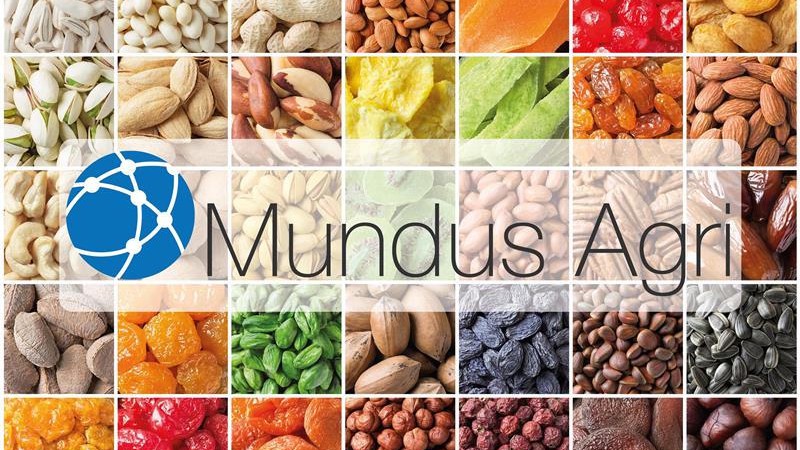Wheat: A skyrocketing export trend vs. a nosedived one
February 2, 2018 at 9:30 AM ,
Starry Night Ltd.

BULGARIA. During harvest 2017-18, the country unexpectedly realized an aggregate output of 5.9 mmt (harvest 2016-17: 5.66 mmt), as total harvested area was 1,098,895 ha or by 2.5% less than that of the previous harvest. According to historical data, such a production on a nationwide level has not been collected for a period of at least two decades. The logical explanations for such an increase point to favorable weather conditions during the Winter and Spring seasons for the regions of the North and the Southeast, and better farmers’ selection of hybrids. The country exports the majority of its grains, as during the last marketing season, total exports amounted to 76.32% of aggregate output.
|
Harvest 2017-18 (01.07.2017 - 26.01.2018) units in MT |
|
|
Beginning availability |
179,000 |
|
Aggregate output |
5,900,000 |
|
Imports |
50,193 |
|
Domestic consumption |
1,056,800 |
|
food |
569,000 |
|
feed |
288,000 |
|
seeds |
180,000 |
|
industrial usage |
19,800 |
|
Exports to the world |
3,207,210 |
|
to EU markets |
2,762,614 |
|
to rest of the world |
444,596 |
Source: Bulgarian Ministry of Agriculture
Wheat: two quite different export trends have stubbornly settled locally … and will persist till the end
As big local exporters forecasted early in the season, exports to EU markets during the current marketing year have been buoyant. According to the Ministry of Agriculture, by the 26th of January 2018, shipped quantities to markets of the Union reached 2,762,614 mt or by 29% higher than those of last year that time. During the whole marketing season of last year, exports to EU markets totaled 2,552,259 mt while by the end of January 2018, the country already surpassed last year’s total exported quantities to the EU. Shipped volumes to the aforementioned destination are expected to surpass 3 mmt during the following several weeks.
Yet, it is the export rate to non-EU markets that draws back total exports on a yearly basis. By the end of last week, exports to non-EU markets reached 444,596 mt while by that time last year, exports amounted to 1,182,515 mt. Local intermediary market players point to competitive pressure within the Black sea region as an explanation of the weak export rate to non-EU destinations. As a result, the forecasted lower export rate to non-EU markets will drag down total exports for the season.





